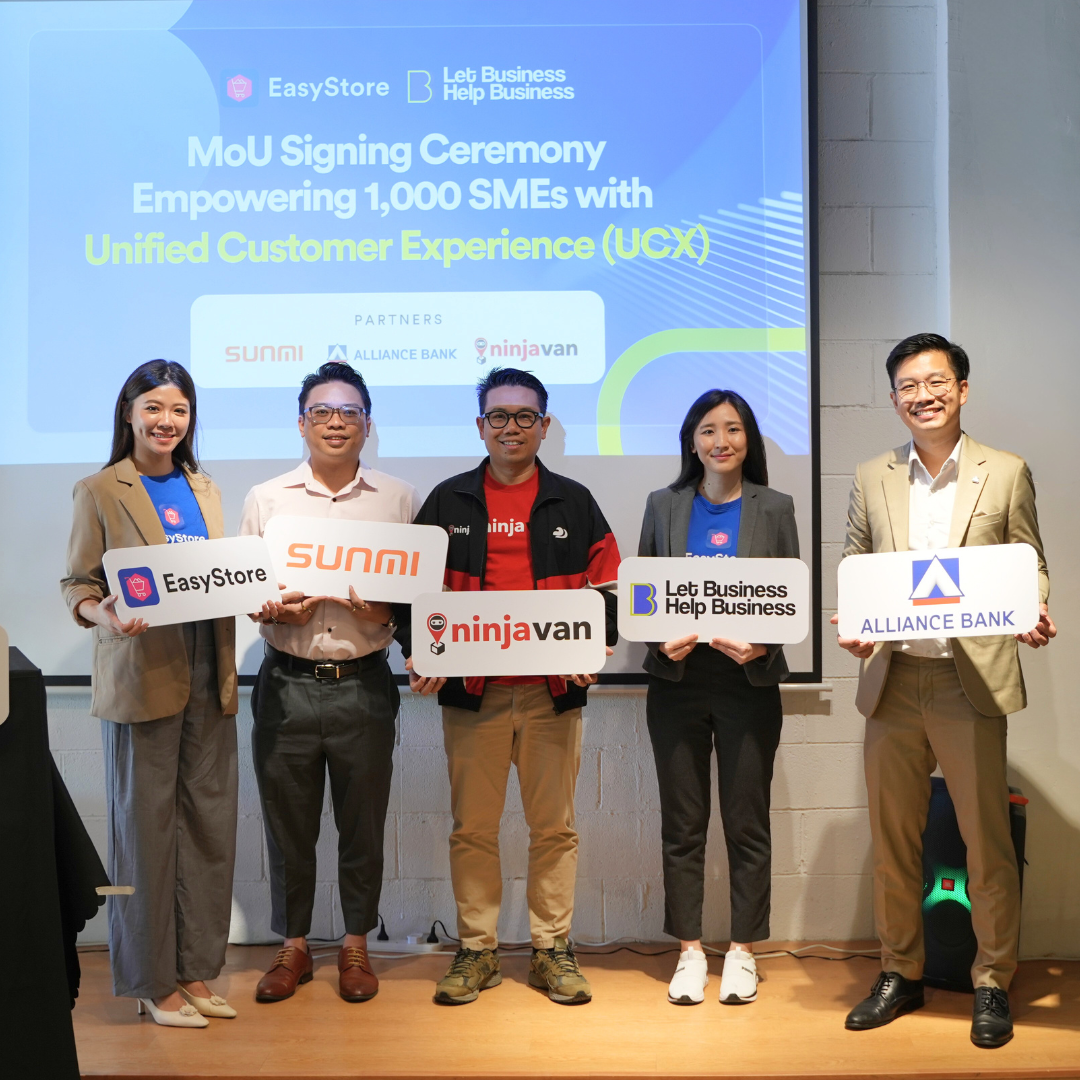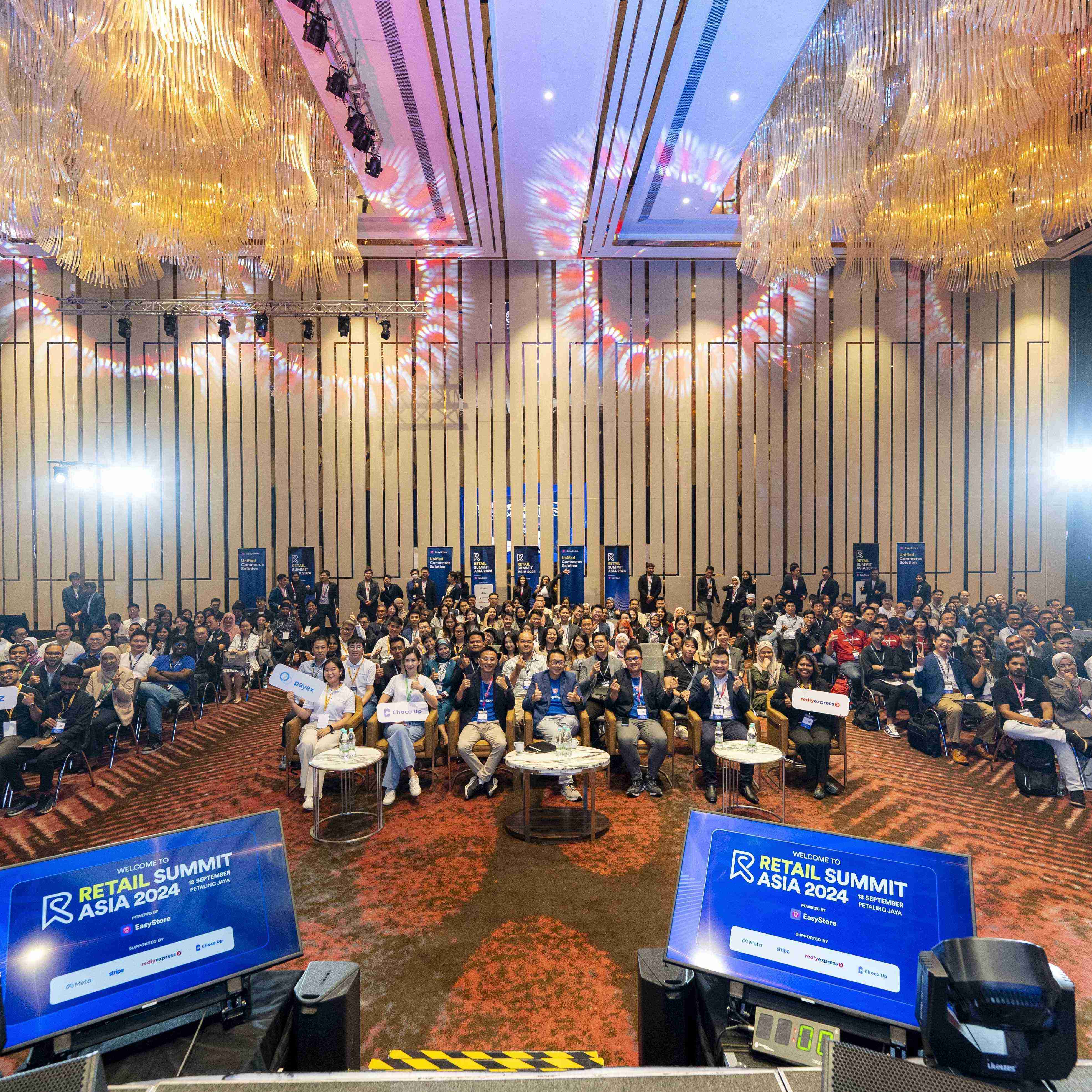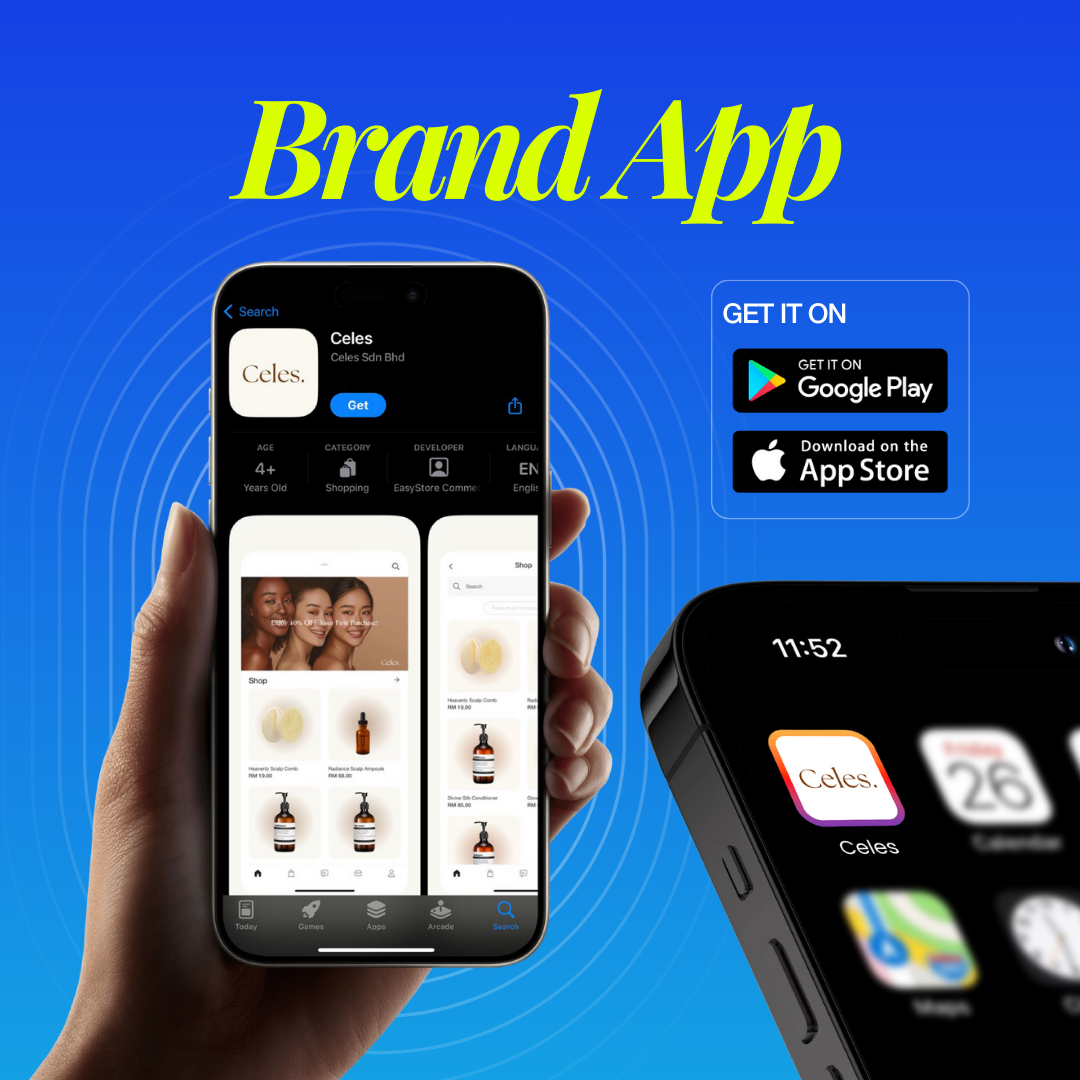Why Tech Startups Need Humanizing Technology?
By Karyan Lee · 6th March, 2018

Despite all the benefits that the ever-evolving technology brings to us, there is always a possible threat that exists; that the development of technology is so fast-paced that normal users and consumers are unable to maximize its usefulness. As Albert Einstein once wrote: “It has become appallingly obvious that our technology has exceeded our humanity […] Concern for man himself must always be the chief interest of all technological endeavors”.
This has led to technology developers to implement a humanizing technology. The utilization of technology is an integral part of a business nowadays, be it conglomerates, multi-national corporations, or start-ups. Technology is present in all aspects, from increasing brand awareness to keeping consumers updated on the latest products and services offered with mobile apps. Traditional methods such as advertising through the mass media, catalogs, or simply setting up a stall is not as effective as they once were. Although many of these methods are practiced today, businesses ensure that they are complemented by an ample amount of technology to ensure that the messages are spread to the proper demographics.
Humanizing Technology Defined
Technological progress will not stop; it is constantly evolving. Hence, technology experts are now facing a big challenge: how to humanize technology. This has become the primary concern for technology developers and providers: enabling users to understand the technologies. Consequently, this will enable users to fully utilize on the innovations and to differentiate between the useful from the worthless.
In other words, humanizing technology is the capability most useful when humans are able to understand and use the technology to full extent. This leads to new technologies integrating themselves seamlessly into our lives. Humanizing technology is about comprehending the mental models that people use to make sense of technology and not the other way round (Webb, 2014). As Ren (2016) puts it, “when designing technology for human-computer interaction, the emphasis should always be placed on the human and not on the computer and it will be dangerous if it was the opposite that happens.”
Humanizing Technology the Apple Way

As the iconic Steve Jobs put it, “You’ve got to start with the customer experience first and work backwards to the technology, not the other way round […] we asked ourselves, ‘What benefits can we give to the customer’ instead of ‘What awesome technology do we have and how are we going to market it’.”
Steve Jobs had always shown interest in technology, but he was also curious about other aspects of life such as music, world culture, and philosophy. His experience in these areas contributed significantly to his humanistic approach towards technology. This portrayed a rising emphasis of human-centric technology that Apple is proud to be known for.
It is also one of the primary reasons that make Apple one of the most profitable companies in the world. Apple placed emphasis on the user’s experience, understanding the cognitive process of humans and shaping their technology to match it. From their innovative devices to their user-friendly interface, to their apps that improve the device’s capability, Apple products have always been praised for their user-friendliness and ease of usability, a major contributor to the global success the tech giants are enjoying today.
One of the best examples of Apple’s approaches to humanize technology is Siri, Apple’s virtual assistant that is available to all iPhone users. Siri allows you to set reminders, send messages, and make dinner reservations using voice command. All you need to do is to talk to Siri like you would do to a friend and it will help you get your things done automatically. With Siri, iPhone users can obtain news and perform many tasks more easily, all via voice command, helping them to be much more productive and making life much easier. With the introduction of Siri, users who might not be as technological-savvy are still able to enjoy the perks brought to them by Apple’s innovative devices.
Implementing Humanized Technology for Start-Ups
For start-ups in the tech industry, being able to create humanized technology can be a stepping stone for them to stamp a mark on the market. The reason behind Apple’s success lies in it being able to make their technology approachable and relatable to the masses. If they can create a product that can relate to both the young and savvy tech users, as well as the elderly, then their product will be a sure-hit. Upcoming startups should be the pioneers to make technology more approachable and user-friendly so that everyone from all walks of life will be able to experience it.
Humanizing Technology – The New Facade of Technology
With the increasing demand of cutting-edge technology worldwide, many entrepreneurs are seeing this rise of demand as a profitable venture, which explains the recent escalation in the emergence of startups that are introducing new apps and technology to consumers. These technologies have perforated into our lives and have created new experiences and made lives simpler. Current technological trends such as Augmented Reality (AR), Chatbots, over-the-top content, are examples of technology that makes it easier for everyone to use and enjoy technology.
Augmented Reality (AR)

The introduction of augmented reality has brought many perks to humankind. Augmented reality (AR) is a live view of the physical world that is injected with elements that are augmented by the computer-generated sensory input. Unlike virtual reality (VR) that replaces the real world with a virtual world, AR retains the real world and simply adds something extra that is digitally created into it. AR has been a technology that has garnered the interests of many tech developers. Google has created Tango, a computing platform that uses computer vision to enable mobile devices to deliver user experiences such as indoor navigation, 3D mapping, physical space measurement, and many others.
In 2016, Google via Tango has collaborated with Lenovo to implement AR capabilities into the Lenovo Phab 2 Pro, making it the first smartphone to sports AR technology. With the AR technology, users of Phab 2 Pro were introduced to functions such as virtually measuring the distance between objects or to place a virtual version of furniture in their homes before physically purchasing them. The introduction of AR technology by Lenovo (and then subsequently by Asus in the form of the Zenfone AR) has opened the opportunity for up-and-coming startups to experiment with AR and VR platforms to be introduced to the public in the future.
Chatbots
The introduction and usage of chatbots have enabled businesses to interact better with their consumers. in 2016, Facebook introduced the Messenger Platform for Facebook Messenger. With over 900 million monthly users, the Messenger Platform is allowing business to engage customers in a two-way, one-to-one or one-to-many method. In the past, when consumers wanted to contact a company, they had to either call a hotline, drop an email, or visit a proprietary website. Now, the Messenger Platform has enabled companies to create bots that enable consumers to directly interact with a company. The bots enable consumers to inquire or seek advice easily and enables companies to send latest updates directly to the consumer as well, providing a win-win situation for both parties.
Chatbots are a good way for startups to engage their audiences to obtain their feedback and understand their needs so that they can cater their products and services better to the community which they are targeting. To make themselves stand out from competitors, CEOs and top management personnel in startups can also use chatbots as an alternative to relay messages and address issues personally to their customers or target prospects, adding a personal touch that makes them approachable and relatable. This serves as a win-win situation, as the top management is able to get direct feedback from end users, and the consumers are able to voice out directly to the management without going through filtering.
Online Price Comparison
Another rising trend that is emerging online is price comparison sites, such as Google Shopping, Priceza, and iPrice, which helps consumers to make easier and smarter shopping decisions. Shopping can be a hassle to many and often times one would like to purchase items at the best price possible. These sites help online shoppers to make better decisions by featuring a comprehensive rundown of the prices and discounts offered from their partner merchants. Not only that, these websites also feature coupons and exclusive promotions that one might only be able to enjoy by purchasing online, hence enabling users to attain more value from their purchases.
Vitamins – Elderly-Friendly Technology
One such example is a project done by the design studio, Vitamins. When Samsung approached Vitamins to design a phone to target the elderly, Vitamins did something out of the norm. Rather than adopting the usual approach of creating a phone with bigger buttons, bigger screen, and simplified functionality; their solution revolved around the standard smartphone.
Vitamins created two hardcover books with cutouts into which the mobile device could be placed. They designed the book in a way that enabled it to become a simple walkthrough guide, with step-by-step guides for the elderly to navigate through the smart phone’s functions such as making phone calls and accessing Facebook. The book also contained illustrations and arrows that pointed to the relevant buttons on the phone that is involved in the specific tasks.
The example above shows an effective way of humanizing technology by Vitamins. They understood that the elderly preferred to obtain information by reading physical materials such as books and newspapers and also noticed that the elderly would take a longer time to understand the functions without illustrations, so they used illustrations and arrows to simplify the learning experience for the elderly.
Head Movement Technology – Catered for the Disabled
Another humanized technology that can be used as an example for new tech startups is head movement tracking technology. Technology developers such as Madentec and NaturalPoint are using head movement technology to enable the physically disabled to move your mouse by moving your head in a certain way. Just place a reflective sensor dot on your head, which will then trigger the movements of the mouse when you move your head.
As technology advances, it is important that the core for the creation of technology in the first place – user experience and utilization of the technology is not lost. You will not be able to fully utilize what you do not understand and this is an important reminder that future tech start-ups should keep in mind when they create the next innovative technological device.
About the writer: Jonathan is currently working as a content writer for an e-commerce company in Malaysia. He frequently takes up freelance writing during his spare time. He writes about a myriad of topics including tech, business, lifestyle, etc. His interests include K-pop and board games. Do feel free to contact him at jonsocj0706@gmail.com for any potential collaborations.Artikel terbaru
-

March 2025 Product Updates
By Cavan Koh · 9th Mar, 2025
-

How These Retailers Use UCX to Prepare for Ramadan—and Keep Customers Coming Back
By Frost Chen, Poh Sook Yan · 2nd Mar, 2025
-

1,000 SMEs to Benefit: EasyStore and Partners Sign MoU to Empower Unified Customer Experience (UCX) for Retail and Ecommerce
By EasyStore Press · 26th Feb, 2025
-

Let Business Help Business Supports Over 1000 Local SMEs Across Malaysia
By Amirul Asraf · 15th Feb, 2025
-

EasyStore Launches Brand App: A Game-Changer For Customer Experience
By Kelie Wong · 13th Feb, 2025
-

February 2025 Product Updates
By Cavan Koh · 9th Feb, 2025